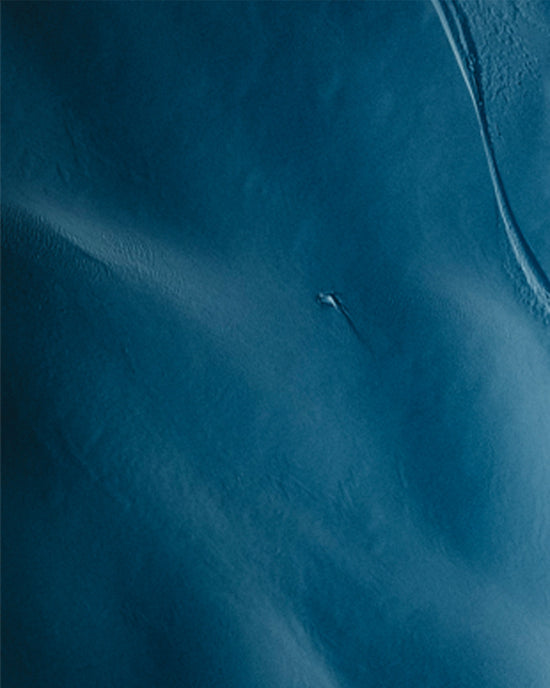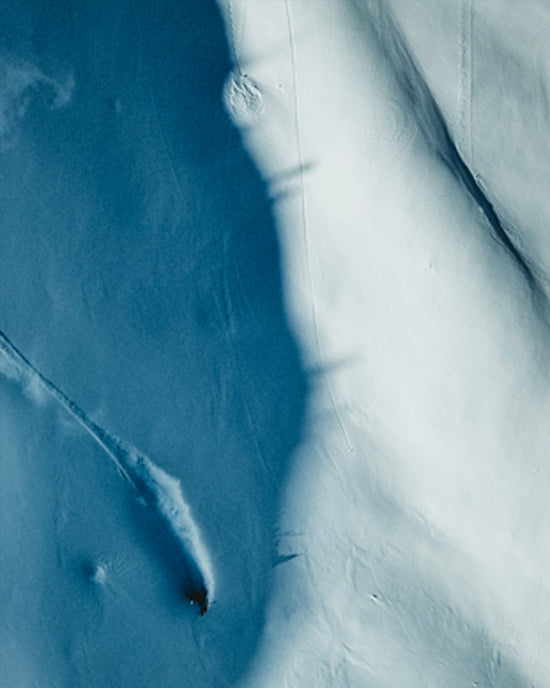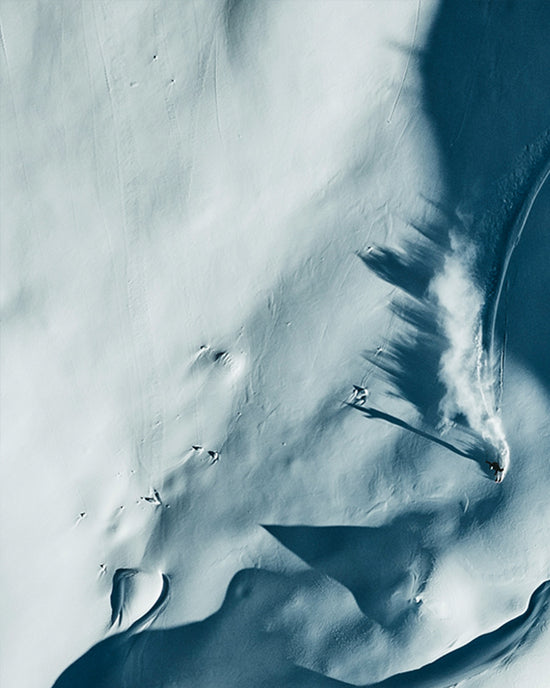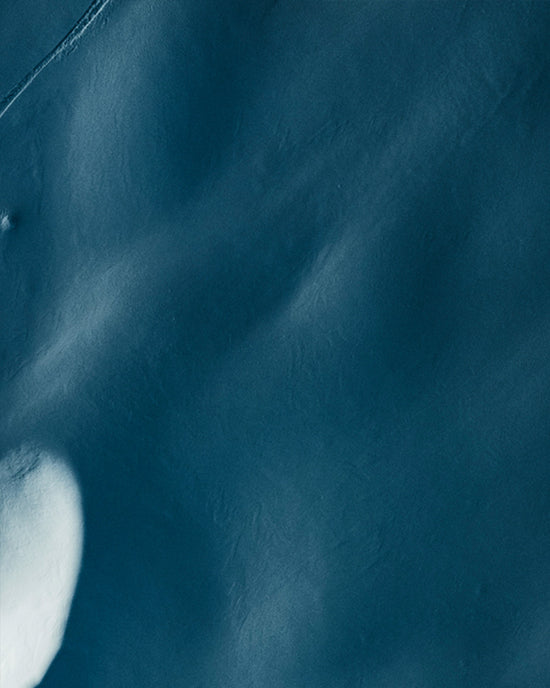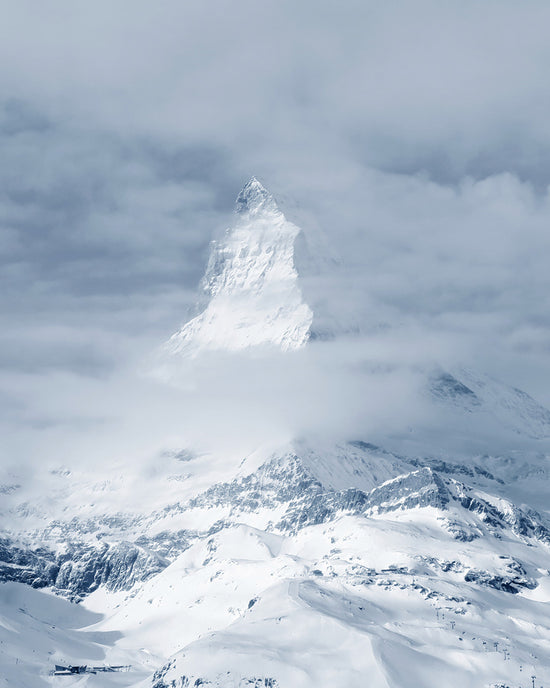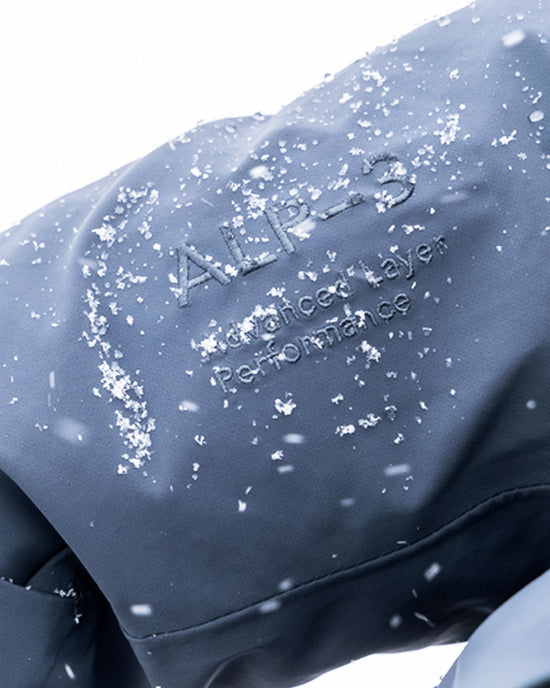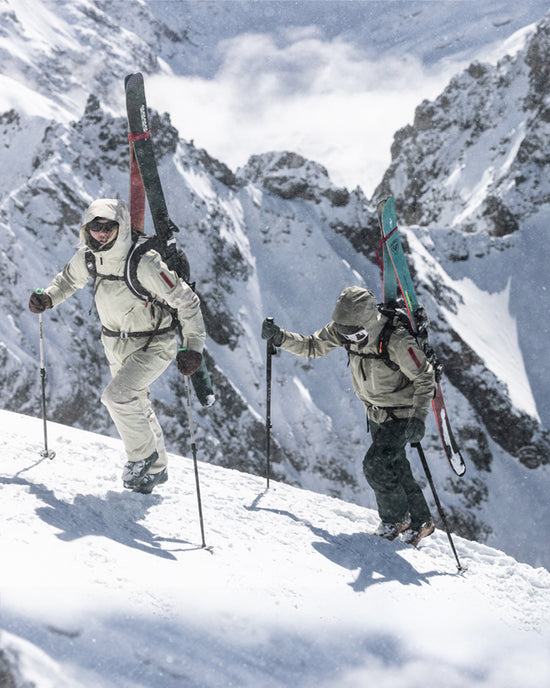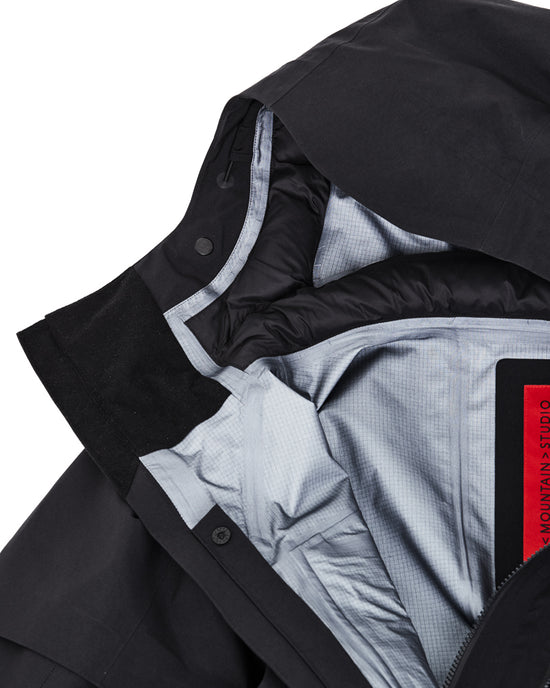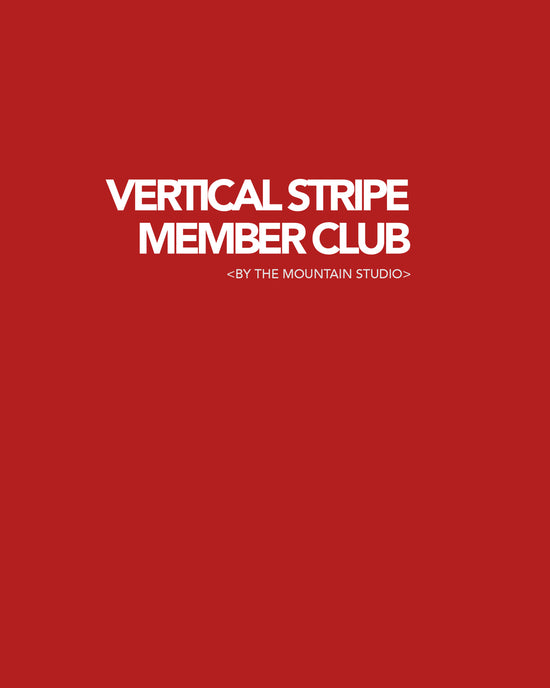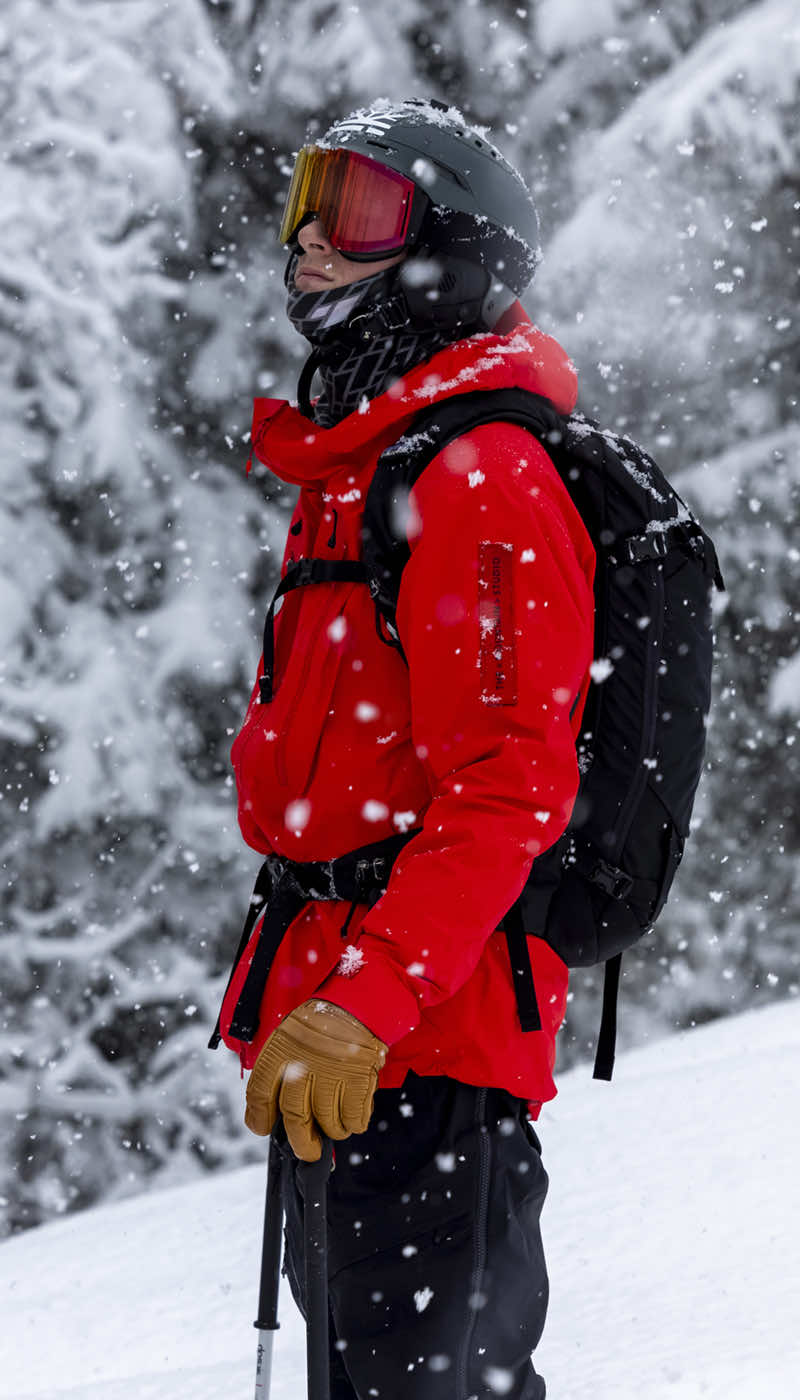
Tech: Waterproof
Fabrics & Membranes
Waterproof Basics
Waterproof fabrics are made with a membrane that’s bonded to an outer material treated for water repellency. While these membranes may differ in structure and function, they all work on the same principle – blocking water from entering while allowing moisture vapour, such as sweat, to escape.
Rain and snow can’t penetrate the fabric or soak your mid and base layers, helping your body stay dry and comfortable. Wet garments cling to the skin and feel cold, but breathable membranes prevent this by letting excess heat and moisture escape.
The result is reliable comfort – keeping you drier, warmer and better protected in changing weather conditions.
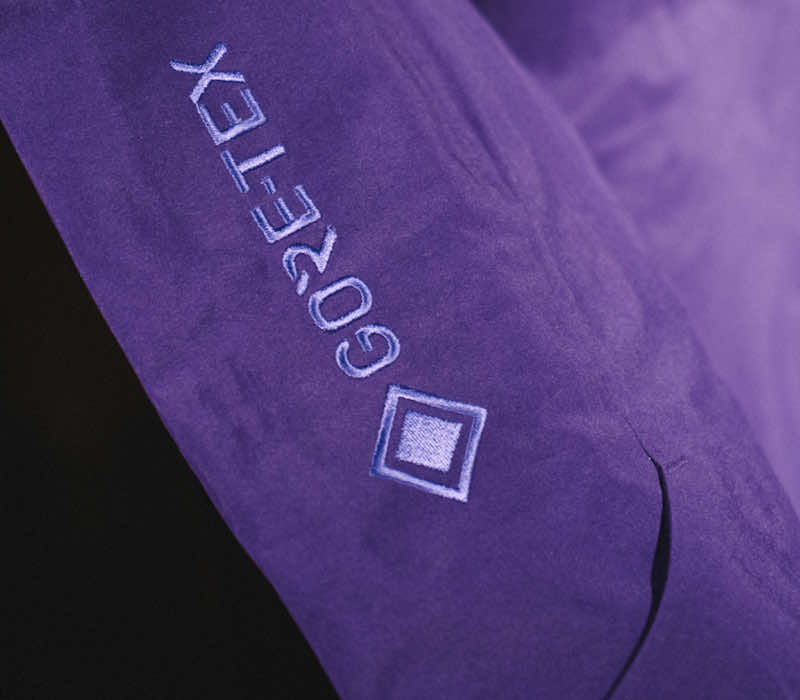
Our Waterproof
Membranes

Waterproof Tech
An end to PFAS
PFAS (per- and polyfluoroalkyl substances) are a group of fluorocarbons that have been used in waterproof membranes and water-repellent treatments for many years.
While they have proven to be highly effective when it comes to repelling water from fabrics, they are non-biodegradable, and could potentially be dispersed into the environment, where they might remain for many generations. That is why they are often called “forever chemicals”.
Gore Fabrics has taken the first step towards removing PFAS from its consumer fabrics with the launch of the Gore-Tex® ePE membrane.
At The Mountain Studio, we are currently phasing out all PFAS from our product line – replacing membranes and fabrics as needed, and using only PFAS-free water-repellent treatments.
Water Column
Water column is a measurement of how well a fabric withstands moisture. To test it, water is applied to one side of a fabric sample while pressure is gradually increased until the water penetrates the material.
The result shows the fabric’s resistance to water penetration and is expressed in millimetres of water pressure. For example, Gore-Tex® Pro fabric has a waterproof rating of 28,000 mm.
Breathability
Waterproof membranes allow moisture and condensation – such as sweat and excess heat – to escape, keeping you dry and comfortable.
If trapped inside your jacket, moisture acts as a thermal conductor, transferring body heat up to 25 times faster than dry clothing and causing discomfort and chill.
“Breathability” refers to how effectively a fabric lets moisture escape. It’s measured in grams per square metre over 24 hours (g/m²/24 h). For example, the ALP-3 membrane offers 30,000 g/m²/24 h.
DWR Treatment
An acronym for Durable Water Repellent. DWR is a treatment where a liquid coating is applied to a waterproof fabric to reduce surface tension, allowing water droplets to roll off easily. This prevents the fabric from absorbing moisture and helps the membrane breathe, moving vapour away from the body.

Membrane
Constructions
2-Layer
The membrane is bonded to an outer fabric, with a separate hanging liner in nylon or mesh on the inside of the garment.
This construction is comfortable, versatile and widely used in ski and outdoor gear – suitable for a wide range of conditions.
3-Layer
The membrane is bonded between a rugged, DWR-treated outer fabric and a durable backer on the inside.
This is the most hard-wearing construction, designed for demanding use and extreme conditions.
Which membrane construction works best for me?
2- and 3-layer shell garments may look similar from the outside, but each has its own advantages and is suited to different conditions and outdoor activities.
